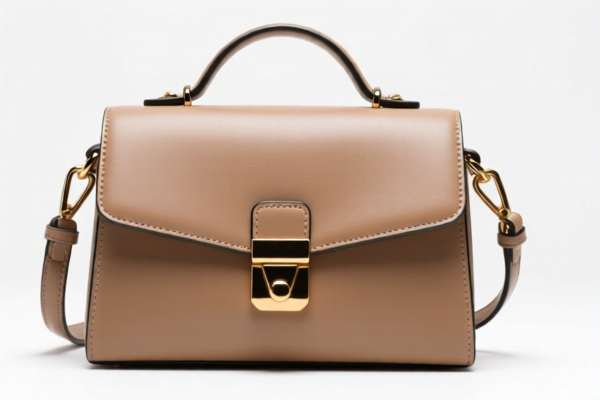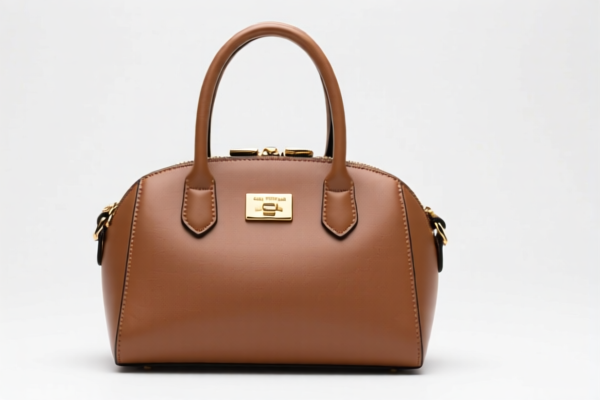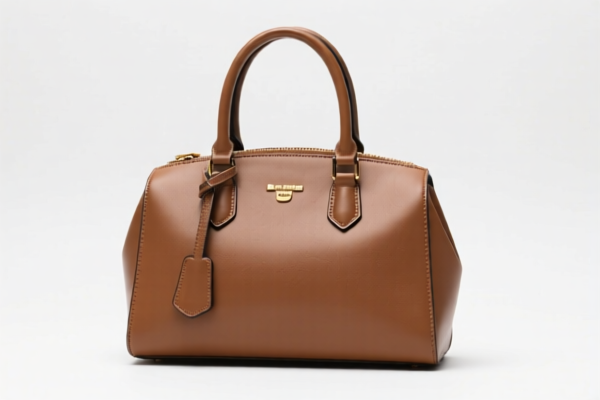| HS Code | Official Doc | Tariff Rate | Origin | Destination | Effective Date |
|---|---|---|---|---|---|
| 4202921500 | Doc | 61.3% | CN | US | 2025-05-12 |
| 4202929100 | Doc | 72.6% | CN | US | 2025-05-12 |
| 6114909070 | Doc | 35.6% | CN | US | 2025-05-12 |
| 6114909045 | Doc | 35.6% | CN | US | 2025-05-12 |
| 3923290000 | Doc | 58.0% | CN | US | 2025-05-12 |
| 3926903300 | Doc | 36.5% | CN | US | 2025-05-12 |




Cloth Bag
A cloth bag is a flexible container constructed from textile fabrics, typically used for carrying items. They represent a reusable alternative to single-use plastic bags and are available in a wide variety of styles and materials.
Material
- Cotton: The most common material, valued for its affordability, breathability, and biodegradability. Can be organic or conventionally grown.
- Canvas: A heavier, more durable type of cotton weave, offering greater strength and longevity.
- Jute: A natural fiber known for its strength and rustic appearance. Often used for grocery bags and promotional items.
- Hemp: A highly durable and sustainable fiber, increasingly popular for its environmental benefits.
- Linen: A strong, lightweight fiber derived from flax, often used for finer quality bags.
- Polyester/Nylon: Synthetic fabrics offering water resistance and durability, though less environmentally friendly than natural fibers. Often used for linings or reinforced handles.
- Non-woven Polypropylene: A synthetic material often used for reusable shopping bags, offering a cost-effective and durable option, though not as breathable or biodegradable as natural fibers.
Purpose
- Shopping: Carrying groceries, clothing, and other retail purchases.
- Storage: Organizing items within a home or vehicle.
- Transportation: Carrying personal belongings.
- Promotional Items: Used by businesses for branding and advertising.
- Gift Packaging: Presenting gifts in a reusable and attractive manner.
Function
- Containment: Holding and transporting items securely.
- Portability: Providing a convenient means of carrying goods.
- Reusability: Reducing reliance on single-use plastics.
- Protection: Shielding contents from dust, dirt, and minor damage.
Usage Scenarios
- Grocery Shopping: A primary use, replacing plastic bags at supermarkets and farmers markets.
- Retail Stores: Used for carrying purchased items from clothing stores, bookstores, and other shops.
- Libraries: Carrying books and other library materials.
- Beach/Pool: Transporting towels, sunscreen, and other essentials.
- Travel: Packing and organizing personal belongings.
- Everyday Carry: Used as a general-purpose bag for carrying daily essentials.
Common Types
- Tote Bag: A large, open-top bag with two handles, typically made of cotton or canvas.
- Shopping Bag: Designed for carrying groceries, often with reinforced handles and a wider base.
- Drawstring Bag: Closed with a drawstring, commonly used for shoes, gym clothes, or small items.
- Backpack: Two-shouldered bag for carrying heavier loads, often used for school, hiking, or travel. Can be made of various fabrics including canvas and nylon.
- Messenger Bag: A single-strap bag worn across the body, often used for carrying laptops, books, or documents.
- Wine Bag: Specifically designed to carry wine bottles, often with dividers to protect the glass.
- Produce Bag: Lightweight, mesh or cotton bags for carrying fruits and vegetables.
- Reusable Snack Bag: Smaller bags for carrying snacks, often with a closure mechanism like velcro or a zipper.
The declared goods are cloth bags, which are articles for conveyance or packing, constructed from textile materials. Their primary use is for carrying or containing items, applicable in various scenarios such as shopping, storage, or transportation.
The following HS codes are relevant based on the provided reference material:
- 6114.90.90.70: This HS code falls under Chapter 61, which covers articles of apparel and clothing accessories, knitted or crocheted. Specifically, it covers “Of other textile materials: Other Other”. This suggests the bags are knitted or crocheted and made from materials other than those specifically listed.
- 3923.29.00.00: This HS code is under Chapter 39, covering plastics and articles thereof. It specifically refers to “Sacks and bags (including cones): Of other plastics”. While the declared good is a cloth bag, this code is included as it covers bags generally, and it's possible a cloth bag may have plastic components.
- 6114.90.90.45: This HS code also falls under Chapter 61, covering articles of apparel and clothing accessories, knitted or crocheted. Specifically, it covers “Of other textile materials: Other Other: Subject to cotton restraints”. This suggests the bags are knitted or crocheted and made from materials subject to cotton restraints.
Regarding HS code 6114.90.90.70 and 6114.90.90.45, please note the need to verify the textile material composition, as the classification depends on whether the bags are subject to cotton restraints.
Customer Reviews
No reviews yet.